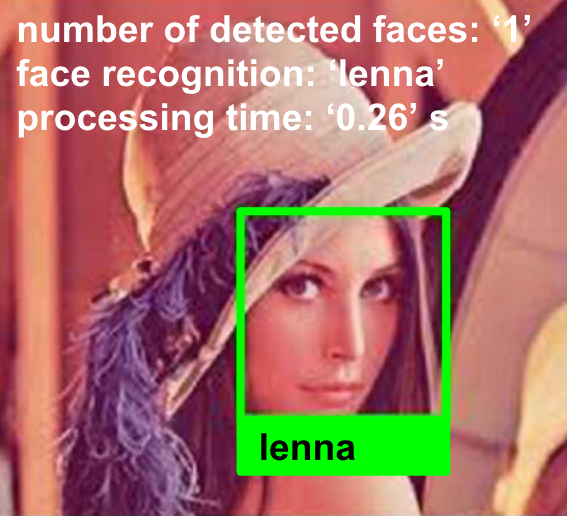OpenCV provides many functions to draw basic shapes. Common basic shapes include lines, rectangles, and circles. However, with OpenCV we can draw more basic shapes. As mentioned briefly in the introduction, it is a common approach to draw basic shapes on the image in order to do the following:
- Show some intermediate results of your algorithm
- Show the final results of your algorithm
- Show some debugging information
In the next screenshot, you can see an image modified to include some useful information in connection with the two algorithms mentioned in the introduction (face detection and face recognition). In this way, you can process all the images in a directory and, afterward, you can see where your algorithm has detected wrong faces (false positives) or even missing faces (false negatives):

A false positive is an error where...

























































